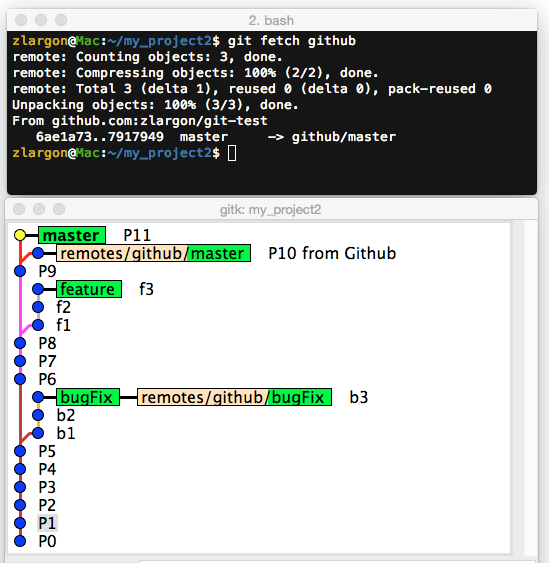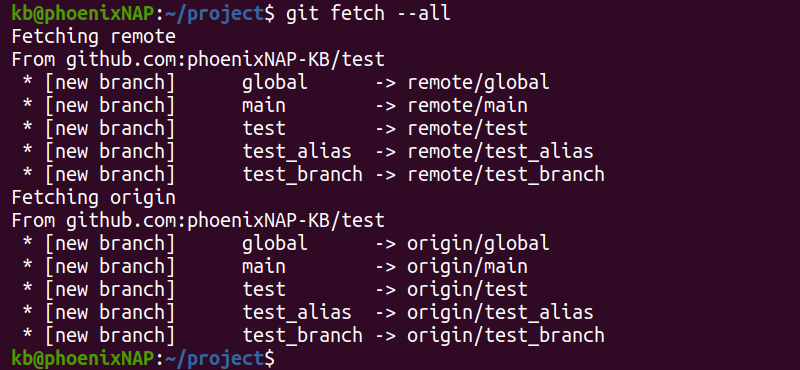
If you know that you made changes to files, but diff is empty, you probably add-ed your files to staging and you need to use a special flag. Oh shit, I tried to run a diff but nothing happened?! # now your changes are on the correct branchĪ lot of people have suggested using cherry-pick for this situation too, so take your pick on whatever one makes the most sense to you! git checkout name-of-the-correct-branch Thank you all! Oh shit, I accidentally committed to the wrong branch! # undo the last commit, but leave the changes available Also, many many many people suggested an awesome way to make this shorter that I didn't know myself. Note: this doesn't work if you've already pushed the commit to a public/shared branch, and if you tried other things first, you might need to git reset instead of HEAD~. # your commit lives in this branch now :) # remove the last commit from the master branch Oh shit, I accidentally committed something to master that should have been on a brand new branch! # create a new branch from the current state of master Stupid commit message formatting requirements. # follow prompts to change the commit message Oh shit, I need to change the message on my last commit! git commit -amend

Warning: You should never amend commits that have been pushed up to a public/shared branch! Only amend commits that only exist in your local copy or you're gonna have a bad time. You could also make the change as a new commit and then do rebase -i in order to squash them both together, but this is about a million times faster. and FML, I didn't put a space after an equals sign. This usually happens to me if I commit, then run tests/linters. # now your last commit contains that change! Mega hat tip to the many many many many many people who suggested adding it! Oh shit, I committed and immediately realized I need to make one small change! # make your change You can use this to get back stuff you accidentally deleted, or just to remove some stuff you tried that broke the repo, or to recover after a bad merge, or just to go back to a time when things actually worked. # each one has an index find the one before you broke everything

# you will see a list of every thing you've Oh shit, I did something terribly wrong, please tell me git has a magic time machine!?! git reflog So here are some bad situations I've gotten myself into, and how I eventually got myself out of them in plain english.
#Git fetch specific branch how to#
Git documentation has this chicken and egg problem where you can't search for how to get yourself out of a mess, unless you already know the name of the thing you need to know about in order to fix your problem. Here, for my "linker" application I am checking out branch v3.0.Git is hard: screwing up is easy, and figuring out how to fix your mistakes is fucking impossible. On further research, I see it is relatively new, added in git 1.7.10 (April 2012): 'git clone learned -single-branch' option to limit cloning to a single branch (surprise!) tags that do not point into the history of the branch are not fetched.įor example: git clone -b master-next -single-branch git:///Xilinx/ In practice I've never done this or seen others use it. Git status will then show which branch is the current branch, for example:Īccording to Leiaz one can clone a specific branch. If the branch exists the files will be made available locally (as just that, the current files in the project directories). To use a specific branch do git checkout git structure will then include all the branches done on that repository. This is a standard way to get a repository, even if you are only interest in one branch. Therefore, you can clone the entire project as you have done successfully. Git repositories contain all branches (but compressed and only differences hence rarely a size issue). # UPDATE# grammatical checking/re-writing Solution 3 That branch will be where the sources are merged.

If you want fetch and merge the sources it should be: $ git pull origin īe careful with the branch where you are executing merge command. The above command only fetches metadata from remote repository, it doesn't merge sources.

This command should work: $ git fetch origin
#Git fetch specific branch pro#
The first chapters of the Pro Git book (available online) give more details on the basic commands. Switch to the branch you want with git checkout branch-name. You can clone a single branch (and it's history) :īut the clone command you ran gave you a copy of the whole repository, you can see the existing branches with git branch and more details about them with git show-branch. You can't "add" the name of a branch in the path like that. Like the error message tells you, git clone expects a git repository.


 0 kommentar(er)
0 kommentar(er)
